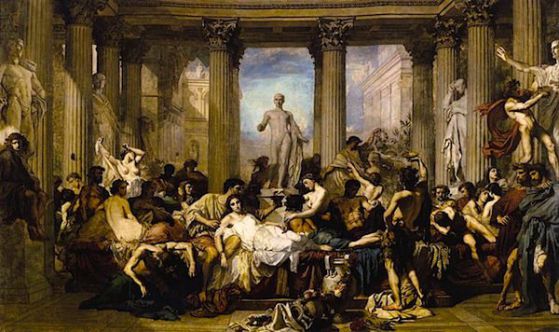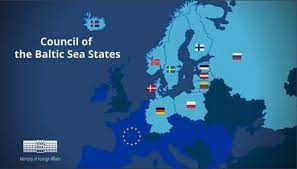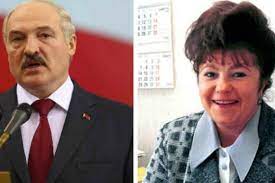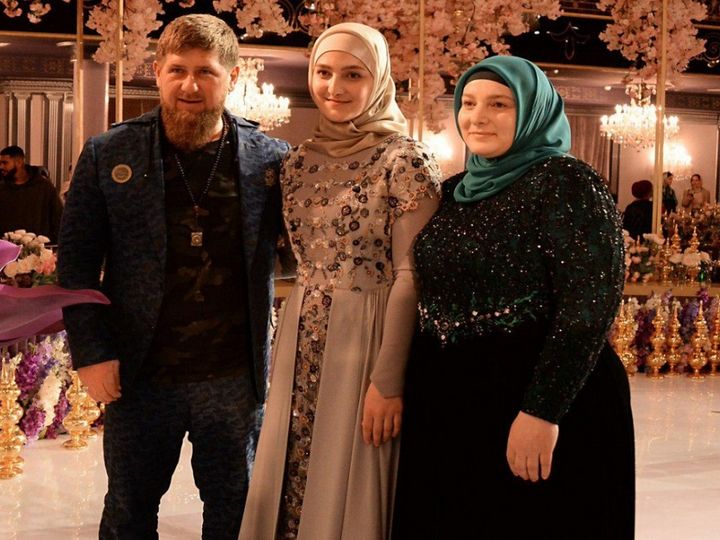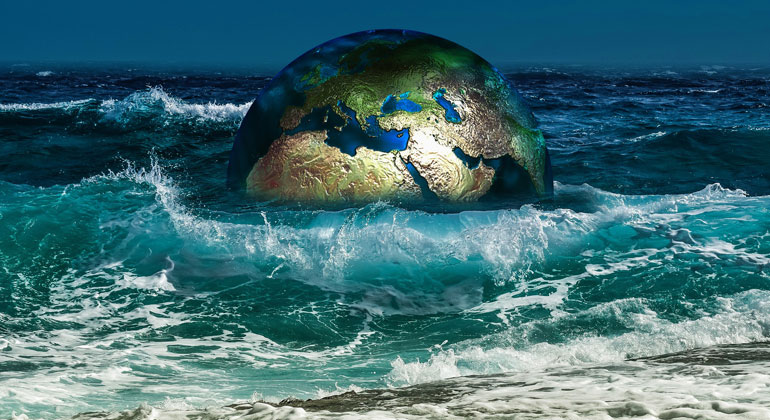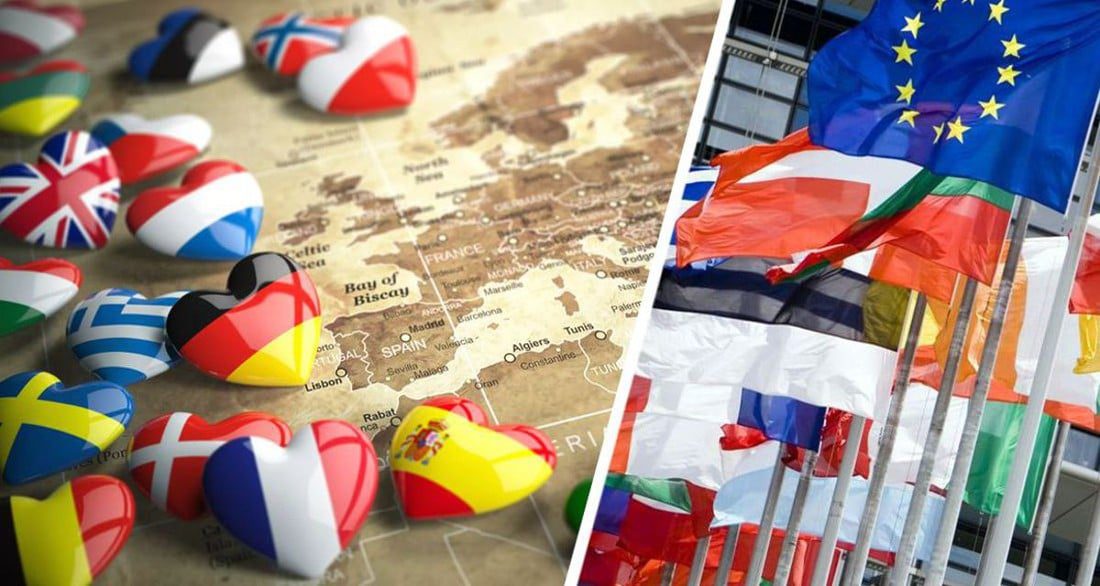Author: His Eminence Messenian Metropolitan Chrysostom
Russia’s invasion of Ukraine and the Moscow Patriarchate’s stubborn refusal to recognize the canonical autocephaly of the Ukrainian Church are two sides of the same coin – Russian-Moscow imperialism, which is politically manifesting as expansionism and “. As for the latter, however, we observe a change, especially after 2009 (the election of Father Cyril), as its hitherto non-historical theological-ecclesiastical and not at all canonically established content acquires political and ideological dimensions.
The current causal basis of the war in Ukraine, as well as the systematic falsification of Ukraine’s autocephalous ecclesiastical identity, are undoubtedly an expression of a common ideological component of the Russian political leadership and the Russian Church in challenging the legitimate right to independent presence. in the society of nations, independent as identity, language, sovereignty, culture and church, and on the other – the imposition of Russian ethnocentrism (ethnophiletism) and Panslavism at the political and ecclesiastical level.
Ukraine, unfortunately, is not only an example, but also a major geopolitical and geochurch field for the establishment of this ethnoracial pan-Slavic mentality through the joint functioning of the Russian state and church. And this is the first pillar of the tale of the “Third Rome”, as if there were once “first” and “second Rome”, and not the historically and canonically established “Old” and “New Rome”.
The Russian Church has always viewed Western civilization as sinful, cursed, condemned, and must therefore be rejected because it allegedly corrupts Eastern civilization and promotes other standards of living.
The second pillar is the terrible ambivalence of the Moscow Patriarchate between the West and the East. This is a sin against the Russian church tradition, which has always been an obstacle to the rapprochement of this patriarchate not only with the monotheistic Orthodox churches in the West, but also with other Christian churches in general.
The Russian invasion of Ukraine and its ideological justification by the Russian Church mean just that: war against the West and Western civilization, war against the culture of freedom, legitimate and constitutionally guaranteed individual choice of each human being in order to re-establish the model of Eastern autocracy. , unsuccessfully tested in the recent historical past by forcing the decisions of some “enlightened power”.
After all, it is on this pillar, covered with the veil of Russian tradition, as a supposedly authentic expression of traditional ecclesiology, that social models of political and ecclesiastical totalitarianism are drawn, which is another specific link between Russian state and church identity.
On the theoretical basis of these two pillars, the Russian Church defines Russia’s invasion of Ukraine as a “sacred” act. The church question is supported by the ideology of the “Russian world”, and the political and military question finds its support in the “God-blessed people”, the “new nation”, the “God-chosen people”.
However, such a unified model of society, even dressed in the mantle of ecclesiology, undoubtedly leads to isolation, a sense of exclusivity, absolutism, division and ultimately to a dead end, even if it “excellently” presents as “sacred” a war that aims at the final destruction of the enemy ante portas!
This brings us to the point where the myth of the Third Rome has become a means of reviving the Cold War between East and West. A political leadership with theocratic concepts legitimizes an aggressive war, while an essentially secular church leadership justifies its positive attitude to this war with slogans such as “out of Europe,” “no dialogue with the West,” and “break away from sinful Western civilization.” , presenting them as his “spiritual alibi” for his negativism towards the autocephaly of the Ukrainian Church.
However, we must all remember that history teaches and punishes. And the last instructive proof is the painful events of 1917 for the Moscow Church. They should in no way and for no reason be repeated as a punitive farce in the near future.
Source: Εφημερίδα Αθηνών entitled “Moscow Imperialism”



